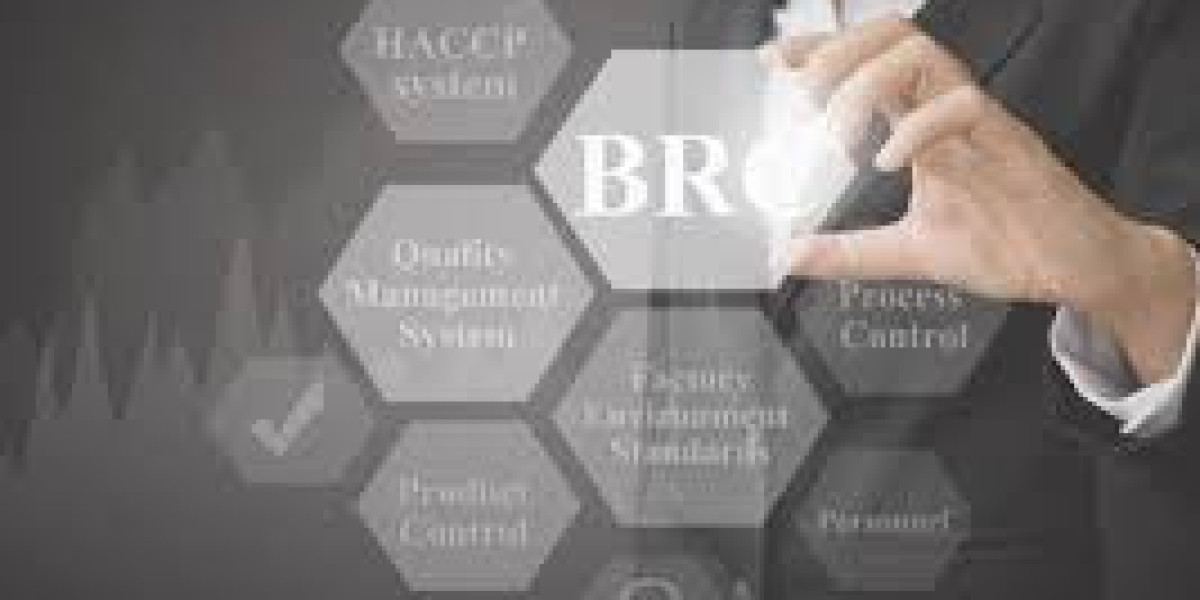Understanding BRC Certification: A Comprehensive Guide
Introduction to BRC Certification BRC (British Retail Consortium) certification is a globally recognized standard for food safety and quality management systems. It is designed to ensure that food manufacturers and suppliers meet stringent requirements to guarantee the safety and quality of their products. BRC certification provides assurance to consumers, retailers, and regulatory bodies that the food produced meets the highest standards of safety and quality.
Importance of BRC Certification
- Compliance with Regulations: BRC certification ensures compliance with legal requirements and regulations related to food safety and quality.
- Market Access: Many retailers and food service companies require BRC certification as a prerequisite for doing business, thus providing access to a broader market.
- Enhanced Reputation: BRC certification enhances the reputation of food manufacturers and suppliers by demonstrating their commitment to producing safe and high-quality products.
- Risk Mitigation: Implementing BRC standards helps mitigate the risk of food safety incidents, product recalls, and associated financial losses.
- Continuous Improvement: BRC certification encourages continuous improvement in food safety and quality management systems, leading to better efficiency and effectiveness in operations.
Key Components of BRC Certification
- Food Safety Management System: Establishing and maintaining a robust food safety management system is the cornerstone of BRC certification. This includes implementing procedures for hazard analysis, risk assessment, and control measures to prevent contamination and ensure the safety of food products.
- Good Manufacturing Practices (GMP): Adhering to strict GMP guidelines is essential for maintaining cleanliness, hygiene, and proper handling of food throughout the production process.
- Hazard Analysis and Critical Control Points (HACCP): Implementing HACCP principles helps identify, evaluate, and control food safety hazards at critical points in the production process.
- Supplier Management: BRC certification requires effective management of suppliers and raw materials to ensure their compliance with safety and quality standards.
- Facility and Equipment Maintenance: Proper maintenance of facilities and equipment is crucial to prevent contamination and ensure the integrity of food products.
- Documentation and Record-Keeping: Maintaining accurate records and documentation of all processes, procedures, and activities is essential for traceability and accountability.
- Training and Personnel Hygiene: Providing adequate training to employees on food safety practices and ensuring proper hygiene and sanitation in the workplace are key aspects of BRC certification.
Steps to Achieve BRC Certification
- Gap Analysis: Conduct a thorough gap analysis to identify areas where current practices deviate from BRC standards and develop a plan to address these gaps.
- Implementation: Implement necessary changes and improvements to align with BRC requirements, including updating procedures, training employees, and enhancing infrastructure.
- Internal Audits: Conduct regular internal audits to assess compliance with BRC standards and identify areas for further improvement.
- Management Review: Review performance and progress towards BRC certification at regular intervals with senior management to ensure ongoing commitment and support.
- Certification Audit: Engage a third-party certification body to conduct a formal audit of your food safety and quality management systems against BRC standards.
- Continuous Improvement: Continuously monitor and evaluate your processes, procedures, and performance to identify opportunities for further enhancement and ensure ongoing compliance with BRC standards.
Conclusion certificacion brc is a vital tool for food manufacturers and suppliers to demonstrate their commitment to producing safe and high-quality products. By adhering to BRC standards and implementing robust food safety and quality management systems, companies can enhance their reputation, gain market access, and mitigate risks associated with food safety incidents. Achieving and maintaining BRC certification requires dedication, resources, and a culture of continuous improvement, but the benefits far outweigh the efforts involved.















